Rouffaer, G. P. and H. H. Juynboll
Die Batik-Kunst in Niederländisch-Indien und ihre Geschichte bearbeitet auf Grund von dem im Reichs Museum für Volkerkunde und öffentlichen wie privaten Sammlungen in den Niederlanden befindlichen, reichhaltigen Material. De batik-kunst in Nederlandsch-Indië en haar geschiedenis. Op grond van materiaal aanwezig in 's Rijks Ethnographisch Museum en andere openbare en particuliere verzamelingen in Nederland.
Haarlem, H. Kleinmann & Co.; Utrecht, A. Oosthoek, 1899-1914. Two volumes in two (text, atlas). Large 4to (33.5 x 25.8 cm). Double title pages (in German and Dutch), 646 pp. (15, [iii], xxx, 534, xxix, xxxi-lxv); several text illustrations (1914 text volume); ix pp.; 100 plates (many double-sized, and/or in colour), one very large, double folded map (in red and black) of Java and Madura (1899 atlas volume), a second map, of "Voor India" (i.e., India proper) in red and black, double folded, tipped in between plates 80 and 81. Uniform full batik cloth. Patterned endpapers.
The first comprehensive work on batik art, a beautiful work, aptly bound in batik cloth. Rarely found complete - if at all. There is a 15-year gap between publication of the atlas (with rather early colour photography) and the accompanying text. The work deals with all aspects of batik design, production, and application, comprising many fine photographs of batik manufacturing, including batik presses, batik dresses and other cloths, and a variety of stunning designs and patterns, partly printed in colour. Batik, which originates from the island of Java, is “a technique of wax-resist dyeing applied to the whole cloth. This technique originated from the island of Java, Indonesia. Batik is made either by drawing dots and lines of the resist with a spouted tool called a canting, or by printing the resist with a copper stamp called a cap. The applied wax resists dyes and therefore allows the artisan to colour selectively by soaking the cloth in one colour, removing the wax with boiling water, and repeating if multiple colours are desired” (Wikipedia). The first author, Gerret Pieter Rouffaer (1860-1928) was a versatile scientific researcher and bibliographer. With no academic background, he considered himself a "free worker". He has published on painting, applied arts, archaeology, history, ethnology, geography and cartography of the Dutch East Indies (now Indonesia), seen from an indigenous, rather than a colonial point of view (see Dutch Wikipedia). The second author, Hendrik Herman Juynboll (1867-1945) was a Dutch linguist and scholar, specialized in old Javanese languages, art, and culture. Texts in two columns, viz., German (translated by J. C. E. Schmeltz) and Dutch. Includes a bibliography and several indexes. Some light age-wear, mainly to the spines; occasional light, mostly marginal foxing (the atlas title more spotted), otherwise a very good, clean and unmarked copy. We found only one auction record of a complete copy, including all plates and with two maps. OCLC reports fewer than ten copies in libraries worldwide. Siegelaub, Bibliographica Textilia Historiae, p. 213.
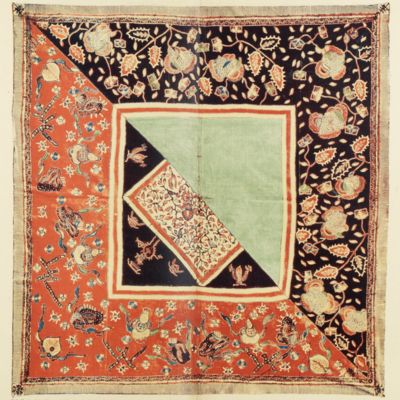

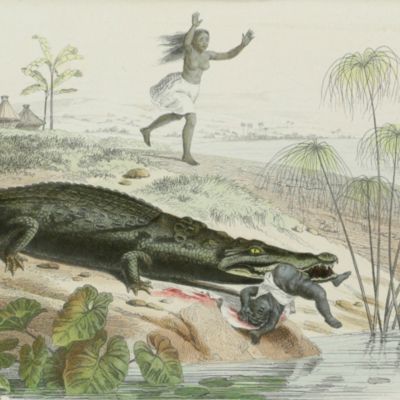
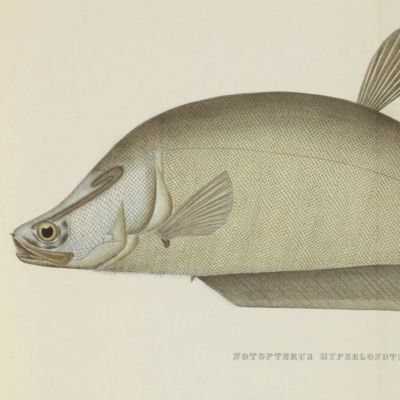
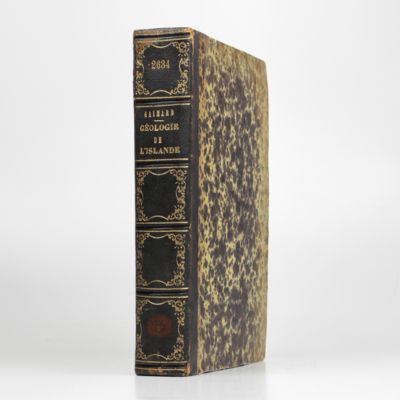
![image for Voyage dans l'Amérique méridionale (le Brésil, la république orientale de l'Uruguay, la république Argentine, la Patagonie, la république du Chili, la république de Bolivia, la république du Perou). Exécuté dans le cours des années 1826, 1827, 1828, 1829, 1830, 1831, 1832 et 1833. Mammifères. Plates 21, 22, 25. [Dolphins]](https://schierenberg.nl/media/cache/product_thumb/69771/69771_x.jpg)
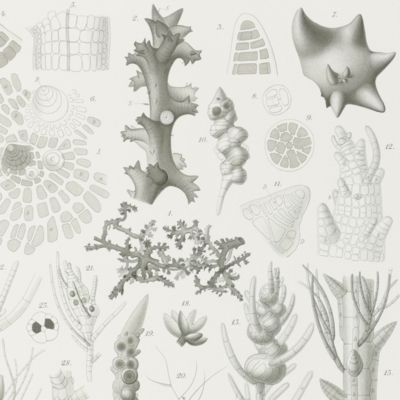
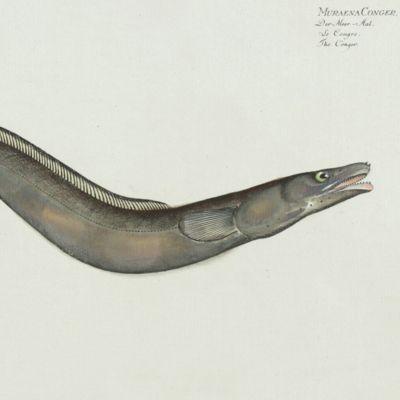
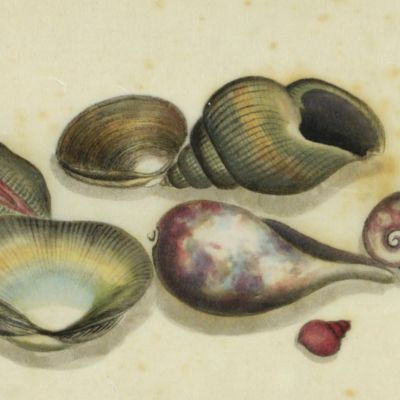
![image for Résultats des explorations zoologiques, botaniques, océanographiques et géologiques entreprises aux Indes Néerlandaises Orientale en 1899-1900, à bord du Siboga sous le commande de G. F. Tydeman, publiés par Max Weber. Livraison 1-148. [All published].](https://schierenberg.nl/media/cache/product_thumb/51581/51581_x.jpg)
![image for Mejiza shinkyôgen Ichkawa Goemon. [paper pop-ups].](https://schierenberg.nl/media/cache/product_thumb/78783/78783_x.jpg)
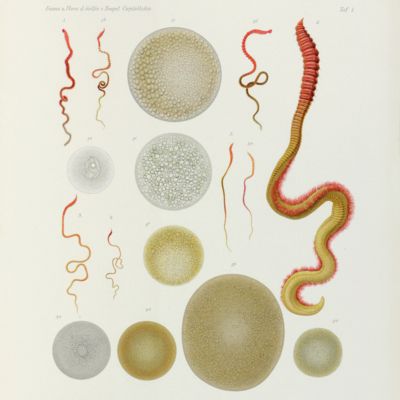
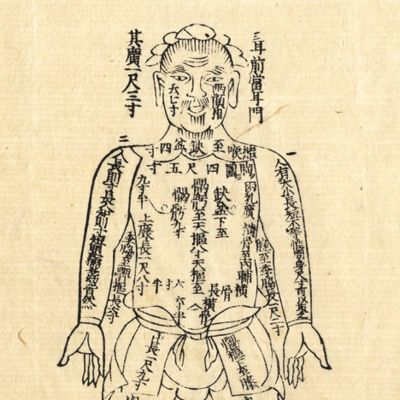
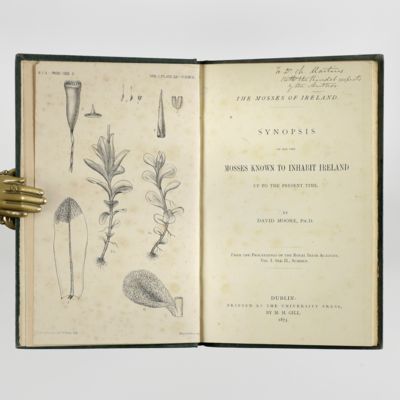
![image for De Ambonse historie. Behelsende een kort verhaal der gedenkwaardigste geschiedenissen zo in vreede als oorlog voorgevallen sedert dat de Nederlandsche Oost Indische Comp: het besit in Amboina gehadt heeft [AND] De Ambonse historie. Behelsende een kort verhaal der Gedenkwaardigste Geschiedenissen zoo in vrede als oorlogh, voorgevallen zedert de regeering van den Superintendent Commissaris en Adml den wel Ed: Heer Arnold de Vlaming. En Eijndigende onder de Regeering van den Edele Agtb: Heer Jacob Hustard.](https://schierenberg.nl/media/cache/product_thumb/74106/74106.jpg)
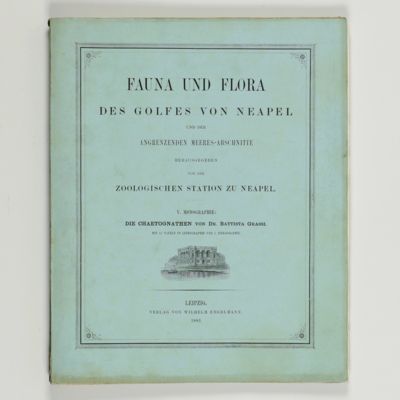
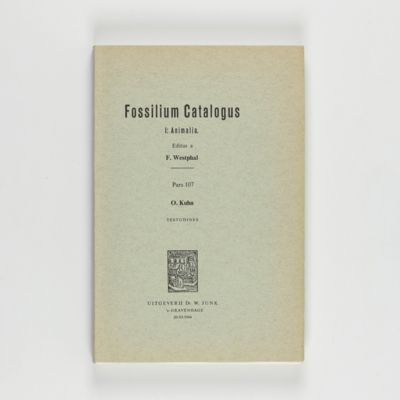
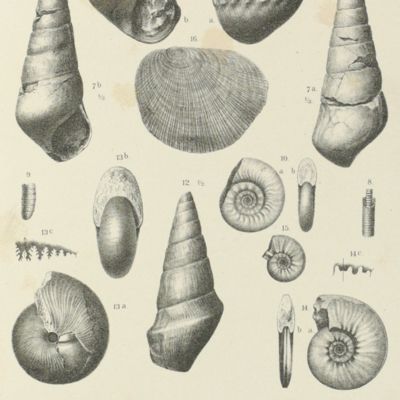
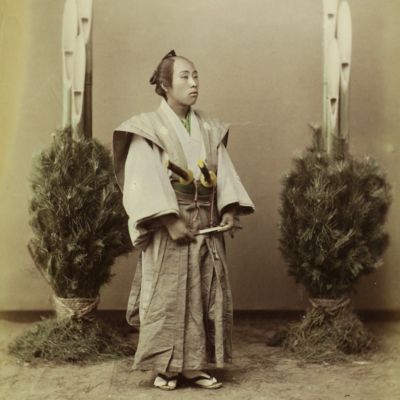
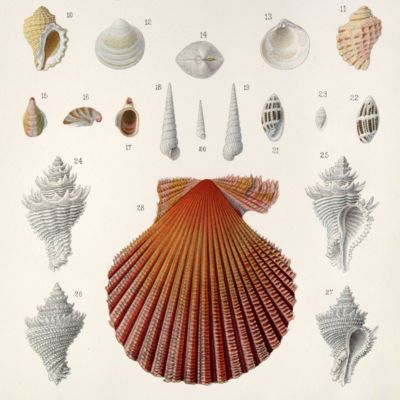
![image for The causes of fluctuations in turgescence in the motor organs of leaves. [AND] A new and parasitic species of <em>Choanephora</em>.](https://schierenberg.nl/media/cache/product_thumb/71203/71203_x.jpg)
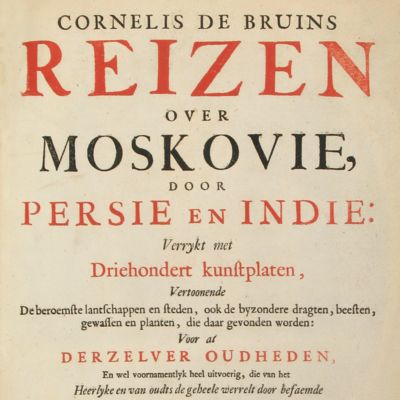
![image for Malayan Ferns. Handbook to the determination of the ferns of the Malayan Islands (incl. those of the Malay Peninsula, the Philippines and New Guinea). [AND] (Correcting sheet).](https://schierenberg.nl/media/cache/product_thumb/76327/76327_x.jpg)
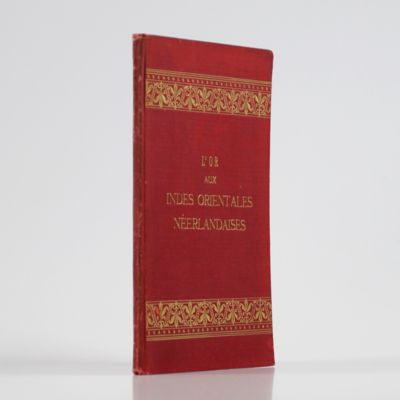
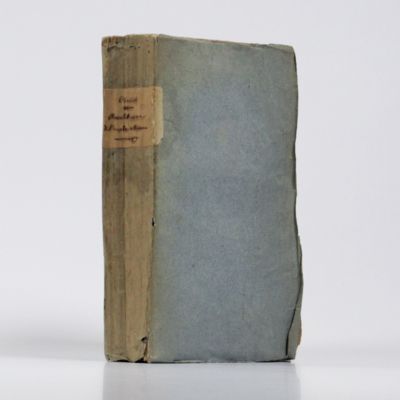
![image for Allgemeine Naturgeschichte der Fische - Naturgeschichte der ausländischen Fische. Plate VIII, <em> Cyprinus bipunctatus</em>/Die Aland-Blecke [AND] <em>Cyprinus gobio</em>/Der Gründling/Le Goujon/The Gudgeon [AND] <em>Cyprinus amarus</em>/Der Bitterling [AND] <em>Cyprinus alburnus</em>/Der Üxeley/La Weblette/The Bleak [AND] <em>Cyprinus phoxinus</em>/Die Elritze/Le Veron/The Minow.](https://schierenberg.nl/media/cache/product_thumb/71555/71555_x.jpg)
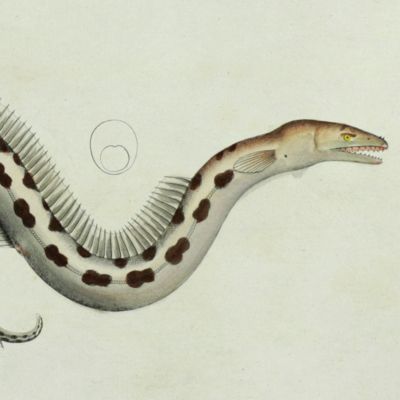
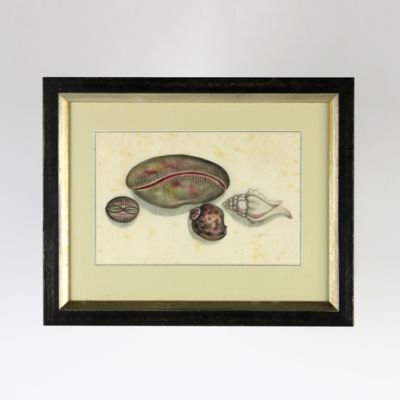
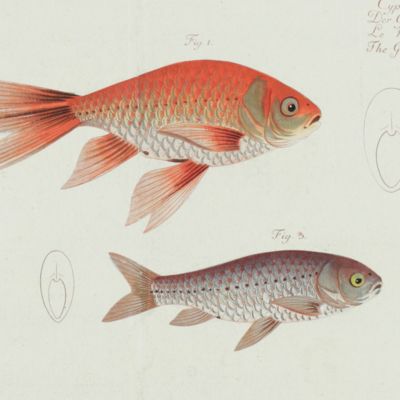
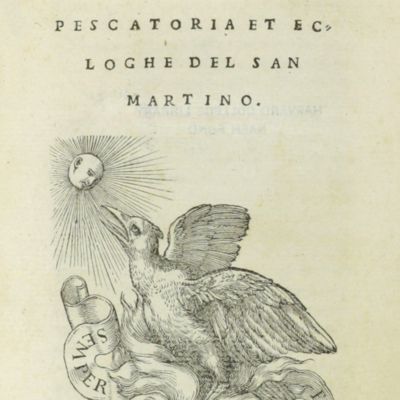
![image for Observations on the different species of Asiatic elephants, and their mode of dentition [AND] Some observations on the structure of the teeth of graminivorous quadrupeds; particularly of the elephant and <em>Sus aethiopicus</em> (by E. Home).](https://schierenberg.nl/media/cache/product_thumb/65339/65339_x.jpg)
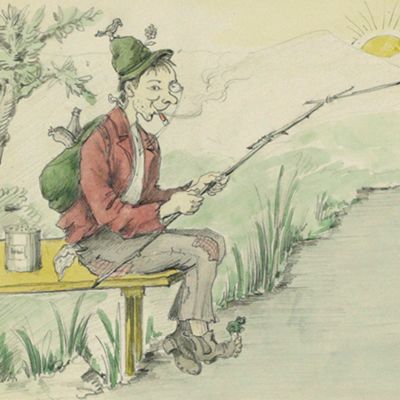
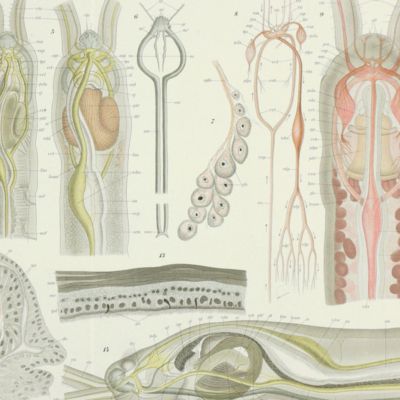
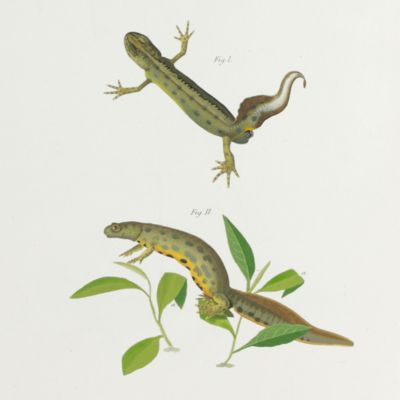
![image for Gorgonian. [Plate IX From: <em>Die Pflanzenthiere in Abbildungen nach der Natur mit Farben erleuchtet nebst Beschreibungen</em>].](https://schierenberg.nl/media/cache/product_thumb/72716/72716_x.jpg)
![image for De Indische Bij, Tijdschrift ter Bevordering van de Kennis der Nederlandsche Volkplantingen en Derzelven Belangen. Eerste Deel. [Volume I; All published].](https://schierenberg.nl/media/cache/product_thumb/43404/43404_x.jpg)
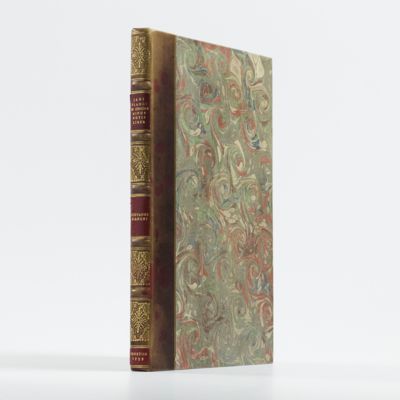
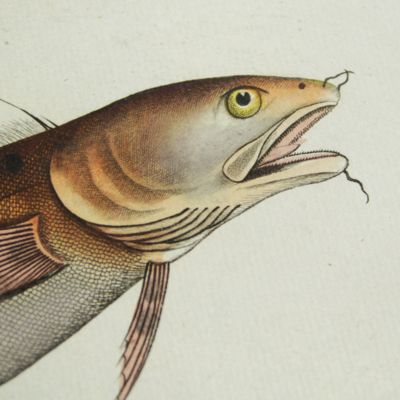
![image for De verspreide geschriften van Prof. Dr. G. A. Wilken verzameld door Mr. F. D. E. Van Ossenbruggen. Deel I. Levensbericht. Monographie over de Alfoeren van Boeroe. Geschriften op het gebied van vergelijkende rechtswetenschap. Deel II. Geschriften op het gebied van vergelijkende rechtswetenschap. Deel III. Geschriften over Animisme en daarmede verband houdende geloofsuitingen. Deel IV. Geschriften over animistische geloofsuitingen, andere ethologische onderwerpen en geographische pathologie. Korte boekbeoordeelingen. Aanhangsel. Registers. [Complete].](https://schierenberg.nl/media/cache/product_thumb/42144/42144.jpg)
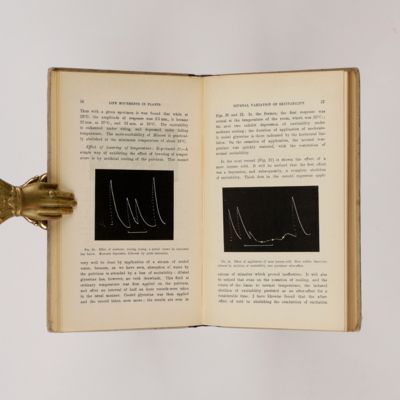
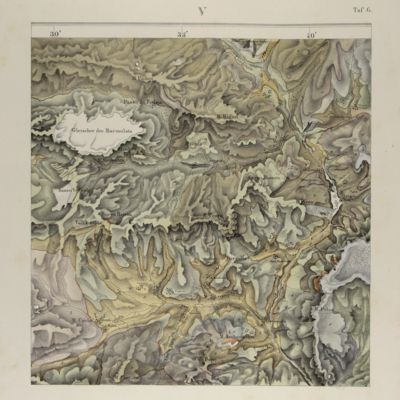
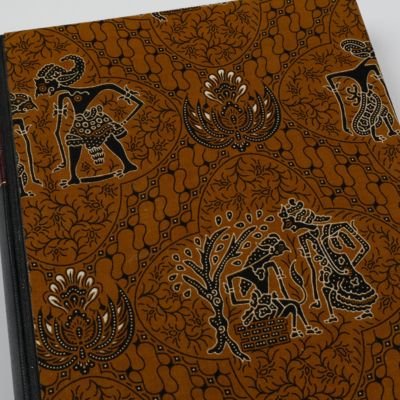
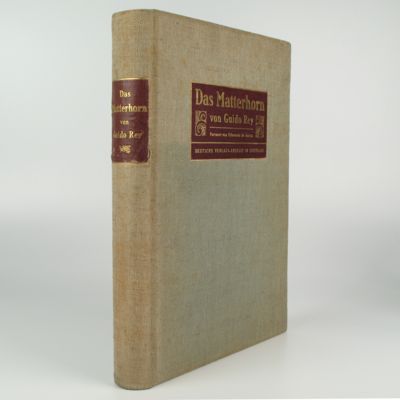
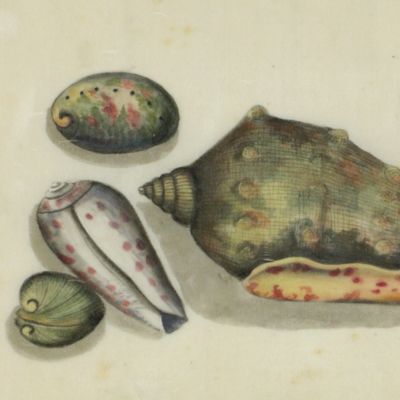
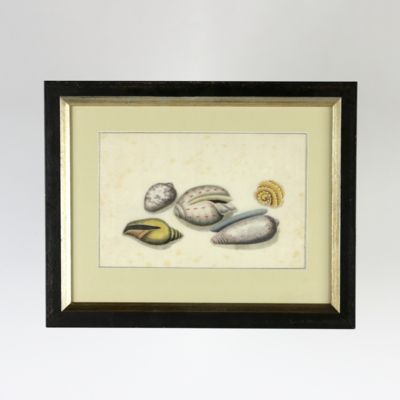
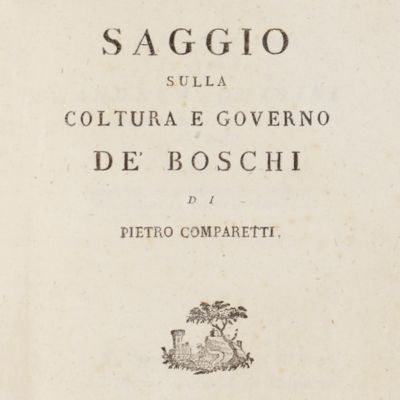
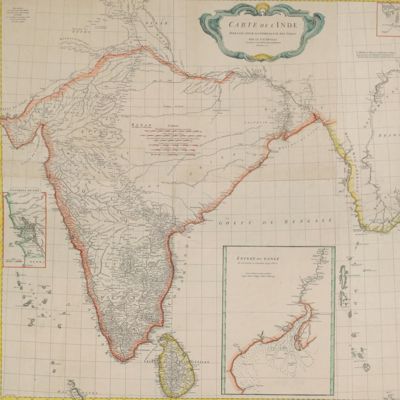
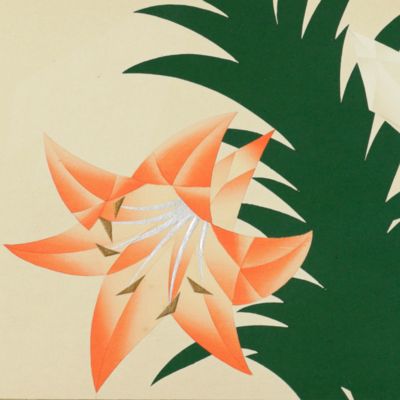

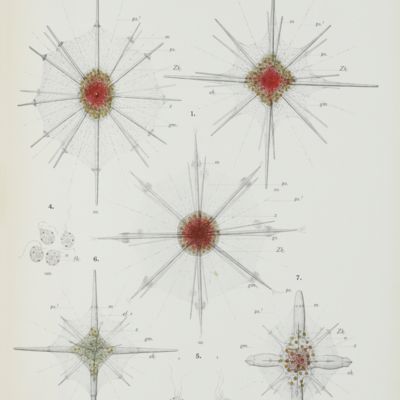
![image for I miceti patogeni dell'uomo e degli animali, descritti, delineati e preparati per l'osservazione al microscopio, con notizie sopra i rimedi per combatterli. Fasciculo I-X. [Complete].](https://schierenberg.nl/media/cache/product_thumb/67970/67970_x.jpg)
![image for Some of Linné's reptiles and a mammal from Ceylon and elsewhere that are in Sweden. [AND] Some little-known characters of the two subspecies of <em> Lepidochelys olivacea</em> (Eschscholtz).](https://schierenberg.nl/media/cache/product_thumb/67083/67083_x.jpg)


